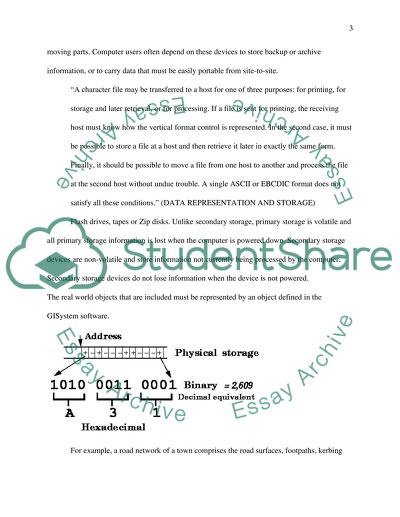Cite this document
(“Computer Peripheral Architecture Essay Example | Topics and Well Written Essays - 1500 words”, n.d.)
Computer Peripheral Architecture Essay Example | Topics and Well Written Essays - 1500 words. Retrieved from https://studentshare.org/technology/1528126-computer-peripheral-architecture
Computer Peripheral Architecture Essay Example | Topics and Well Written Essays - 1500 words. Retrieved from https://studentshare.org/technology/1528126-computer-peripheral-architecture
(Computer Peripheral Architecture Essay Example | Topics and Well Written Essays - 1500 Words)
Computer Peripheral Architecture Essay Example | Topics and Well Written Essays - 1500 Words. https://studentshare.org/technology/1528126-computer-peripheral-architecture.
Computer Peripheral Architecture Essay Example | Topics and Well Written Essays - 1500 Words. https://studentshare.org/technology/1528126-computer-peripheral-architecture.
“Computer Peripheral Architecture Essay Example | Topics and Well Written Essays - 1500 Words”, n.d. https://studentshare.org/technology/1528126-computer-peripheral-architecture.


